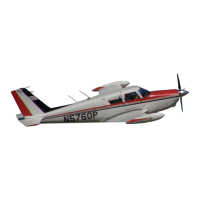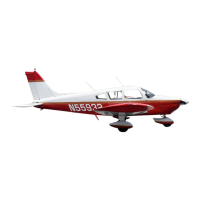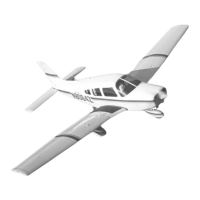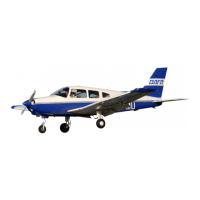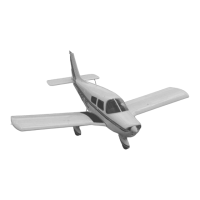Alrcrnft Publicalions
Pipcr Comanche
250
(Early Model)
Section
-
3
Emergency Proccdures
EMERGENCY PROCEDURES INFOFQVIATION SUPPLEMENT (Cont.)
Engine-Out Glide Speed: (Cont.)
Equally important in any discussion of engine-out glide speed is the best endurance, or minimum
sink glide speed. This airspeed is used when glide range is not important (such as when directly
over an airport at an altitude of several thousand feet AGL), and the possibility of re-starting the
engine is a factor (such as when engine failure is due to having run a fuel tank dry, but then
starting difficulty is experienced after switching tanks).
Best endurance glide speed is typically equal to 75 percent of the optimum glide speed. However,
there is a problem associated with this figure due to the fact that this airspeed is close to the
airplane's stall speed. This condition could become dangerous for the pilot who is otherwise
distracted by the emergency.
For this reason, the generally accepted formula for estimating best endurance glide speed is to
multiply 1.2 times Vsl. This results in an airspeed of 85 mph IAS for this model of Comanche.
It is suggested that at approximately 1000 feet AGL, the pilot should establish optimum glide
speed in preparation of landing. The additional airspeed will provide maneuvering control, and a
safety margin to counter any unexpected low-level wind shear. Also, if the airplane is operated
close to stall, there may be insufficient airspeed with which to flare on landing.
For the individual who wants a more in-depth knowledge of this subject, the books by Kershner
and Hurt referenced in the Preamble of this Handbook are recommended reading.
Glide
Ratio:
Engine-out glide ratio for the Comanche with landing gear and flaps retracted and propeller
windmilling in low pitch is 10 to 1, or approximately two miles of gliding distance for each 1,000
feet of altitude above the terrain. Drag is substantially reduced when the propeller is put in high
pitch, and glide ratio improves to
13
to
1.
When the landing gear is extended, drag is increased
and glide ratio is radically reduced to approximately
7
to
1.
For this reason, it is suggested that the
landing gear and flaps not be extended in most engine-out emergencies until over the threshold of
the landing area. Landing gear down operating time is approximately 7 seconds.
Copyright:
1993
Page
3-11
.

